
1. The functions of the engine lubrication system mainly include lubrication, cooling, cleaning, sealing and rust prevention. Lubrication: The oil can form oil film contact between the moving parts, reduce frictional resistance and power loss, and reduce the wear of the machine parts.
2. The function of the engine lubrication system: oil film contact can be formed between the moving parts. ColdHowever, the function uses the fluidity of the oil, the cleaning function uses the circulating oil, and the sealing function uses the viscosity and anti-rust function of the oil. In addition, it also has vibration absorption function.
3. The function of the engine lubrication system must be to lubricate the machine parts first, but it can also play some other roles: lubrication. Under various working conditions of the engine, the oil can reduce the friction of the engine parts, slow down the wear, and prevent dry grinding of the internal parts of the engine. Cleaning effect.
1. Anti-rust and anti-corrosion - a protective film can be formed on the metal surface to prevent acidic and harmful substances from entering. 6) Vibration damper - to prevent damage caused by excessive impact. 7) Force transmission - Modern new car solenoid valves use lubricating oil to transfer pressure to control the valve opening.
2. Lubrication. Under various working conditions of the engine, the oil can reduce the friction of the engine parts, slow down the wear, and prevent dry grinding of the internal parts of the engine. Cleaning effect.
3. The functions of the engine lubrication system mainly include lubrication, cooling, cleaning, sealing and rust prevention. Lubrication: The oil can form oil film contact between the moving parts, reduce frictional resistance and power loss, and reduce the wear of the machine parts.
4. The functions of the automobile engine lubrication system are as follows: lubrication: the oil can form oil film contact between the moving parts to reduce frictional resistance and power loss and reduce the wear of the machine parts. Cooling effect: Use the fluidity of the oil to take away part of the heat of the engine parts to prevent the parts from being burned due to excessive temperature.
1. The main components of the engine lubrication system include oil pump, pressure regulating valve, oil filter, oil filter, oil radiator, oil pressure sensor, nozzle, oil Road, crankcase ventilation filter, etc.
2. The second is the semi-dry lubrication system, which provides lubrication by keeping part of the lubricating oil in the bottom oil pool. The semi-dry system is more stable than the dry system and can provide better lubrication and cooling performance. However, due to the need to place oil pumps, oil pans and other devices in the upper part of the engine, the cost is high.
3. The components of the engine lubrication system are mainly organic oil pumps, pressure regulating valves and oil.Collection filter, oil filter, oil radiator, oil pressure sensor, nozzle, oil channel, crankcase ventilation filter, etc.
4. The lubrication system generally adopts three lubrication methods: pressure lubrication, splash lubrication and regular lubrication. Generally, pressure lubrication is used in the parts where the force is relatively high and the relative movement speed is relatively high. Such as crankshaft main bearings, connecting rod bearings and wheelshaft bearings, etc.

Function of engine lubrication system: When the lubrication function engine is running, the oil film can be formed between the relative moving parts to reduce the friction coefficient, Reduce friction loss and surface wear, and improve the effective power of the engine, so as to ensure the service life of the parts.
The main components of the engine lubrication system are as follows: oil pump: the function is to increase the oil pressure and ensure the continuous circulation of oil in the lubrication system. At present, there are two widely used oil pumps: external megging oil pumps and internal megging oil pumps. Among them, gear oil pump and rotary oil pump are two commonly used oil pump types.
The role of the gasoline engine lubrication system is in each of the engine.A layer of oil film is formed between the moving parts to reduce friction and wear and ensure the normal operation of the engine.
The lubrication system of the engine consists of oil span, collector filter, oil pump, oil filter, oil pipe and conveying oil channel processed on the engine body. The lubrication system plays the role of lubricating the moving parts of the engine, cooling, cleaning, sealing and rust prevention.
The components of the engine lubrication system are: oil pump, pressure regulating valve, oil collector filter, oil filter, oil radiator, oil pressure sensor, nozzle, oil channel, crankcase ventilation filter.
The engine lubrication system consists of oil pump and pressure regulating valve, oil collector filter, oil filter, oil radiator, oil pressure sensor, nozzle, oil channel, crankcase ventilation filter.
[Pacific Automobile Network] The components of the engine lubrication system are mainly organic oil pump, pressure regulating valve, oil collector filter, oil filter, oil radiator, oil pressure sensor, nozzle, oil channel, crankcase ventilation filter, etc.
Components of the engine lubrication system: The engine lubrication system consists of three major parts: oil supply device: organic oil pump, oil channel, oil pipe, pressure limiting valve, etc., which can make the oil flow in the circulation system at a certain pressure and flow rate.
How to use HS codes for tariff predictions-APP, download it now, new users will receive a novice gift pack.
1. The functions of the engine lubrication system mainly include lubrication, cooling, cleaning, sealing and rust prevention. Lubrication: The oil can form oil film contact between the moving parts, reduce frictional resistance and power loss, and reduce the wear of the machine parts.
2. The function of the engine lubrication system: oil film contact can be formed between the moving parts. ColdHowever, the function uses the fluidity of the oil, the cleaning function uses the circulating oil, and the sealing function uses the viscosity and anti-rust function of the oil. In addition, it also has vibration absorption function.
3. The function of the engine lubrication system must be to lubricate the machine parts first, but it can also play some other roles: lubrication. Under various working conditions of the engine, the oil can reduce the friction of the engine parts, slow down the wear, and prevent dry grinding of the internal parts of the engine. Cleaning effect.
1. Anti-rust and anti-corrosion - a protective film can be formed on the metal surface to prevent acidic and harmful substances from entering. 6) Vibration damper - to prevent damage caused by excessive impact. 7) Force transmission - Modern new car solenoid valves use lubricating oil to transfer pressure to control the valve opening.
2. Lubrication. Under various working conditions of the engine, the oil can reduce the friction of the engine parts, slow down the wear, and prevent dry grinding of the internal parts of the engine. Cleaning effect.
3. The functions of the engine lubrication system mainly include lubrication, cooling, cleaning, sealing and rust prevention. Lubrication: The oil can form oil film contact between the moving parts, reduce frictional resistance and power loss, and reduce the wear of the machine parts.
4. The functions of the automobile engine lubrication system are as follows: lubrication: the oil can form oil film contact between the moving parts to reduce frictional resistance and power loss and reduce the wear of the machine parts. Cooling effect: Use the fluidity of the oil to take away part of the heat of the engine parts to prevent the parts from being burned due to excessive temperature.
1. The main components of the engine lubrication system include oil pump, pressure regulating valve, oil filter, oil filter, oil radiator, oil pressure sensor, nozzle, oil Road, crankcase ventilation filter, etc.
2. The second is the semi-dry lubrication system, which provides lubrication by keeping part of the lubricating oil in the bottom oil pool. The semi-dry system is more stable than the dry system and can provide better lubrication and cooling performance. However, due to the need to place oil pumps, oil pans and other devices in the upper part of the engine, the cost is high.
3. The components of the engine lubrication system are mainly organic oil pumps, pressure regulating valves and oil.Collection filter, oil filter, oil radiator, oil pressure sensor, nozzle, oil channel, crankcase ventilation filter, etc.
4. The lubrication system generally adopts three lubrication methods: pressure lubrication, splash lubrication and regular lubrication. Generally, pressure lubrication is used in the parts where the force is relatively high and the relative movement speed is relatively high. Such as crankshaft main bearings, connecting rod bearings and wheelshaft bearings, etc.

Function of engine lubrication system: When the lubrication function engine is running, the oil film can be formed between the relative moving parts to reduce the friction coefficient, Reduce friction loss and surface wear, and improve the effective power of the engine, so as to ensure the service life of the parts.
The main components of the engine lubrication system are as follows: oil pump: the function is to increase the oil pressure and ensure the continuous circulation of oil in the lubrication system. At present, there are two widely used oil pumps: external megging oil pumps and internal megging oil pumps. Among them, gear oil pump and rotary oil pump are two commonly used oil pump types.
The role of the gasoline engine lubrication system is in each of the engine.A layer of oil film is formed between the moving parts to reduce friction and wear and ensure the normal operation of the engine.
The lubrication system of the engine consists of oil span, collector filter, oil pump, oil filter, oil pipe and conveying oil channel processed on the engine body. The lubrication system plays the role of lubricating the moving parts of the engine, cooling, cleaning, sealing and rust prevention.
The components of the engine lubrication system are: oil pump, pressure regulating valve, oil collector filter, oil filter, oil radiator, oil pressure sensor, nozzle, oil channel, crankcase ventilation filter.
The engine lubrication system consists of oil pump and pressure regulating valve, oil collector filter, oil filter, oil radiator, oil pressure sensor, nozzle, oil channel, crankcase ventilation filter.
[Pacific Automobile Network] The components of the engine lubrication system are mainly organic oil pump, pressure regulating valve, oil collector filter, oil filter, oil radiator, oil pressure sensor, nozzle, oil channel, crankcase ventilation filter, etc.
Components of the engine lubrication system: The engine lubrication system consists of three major parts: oil supply device: organic oil pump, oil channel, oil pipe, pressure limiting valve, etc., which can make the oil flow in the circulation system at a certain pressure and flow rate.
Ceramic tiles HS code classification
author: 2024-12-24 02:13HS code tagging in ERP solutions
author: 2024-12-24 02:12HS code-driven freight route adjustments
author: 2024-12-24 00:38HS code tagging in tariff databases
author: 2024-12-24 00:05How to access restricted trade data
author: 2024-12-23 23:55Trade data for construction materials
author: 2024-12-24 02:39UK trade data management software
author: 2024-12-24 02:29HS code analytics for import quotas
author: 2024-12-24 00:51Global trade freight forwarder data
author: 2024-12-24 00:13 Detailed trade data mapping tools
Detailed trade data mapping tools
647.87MB
Check European Union HS code verification
European Union HS code verification
586.42MB
Check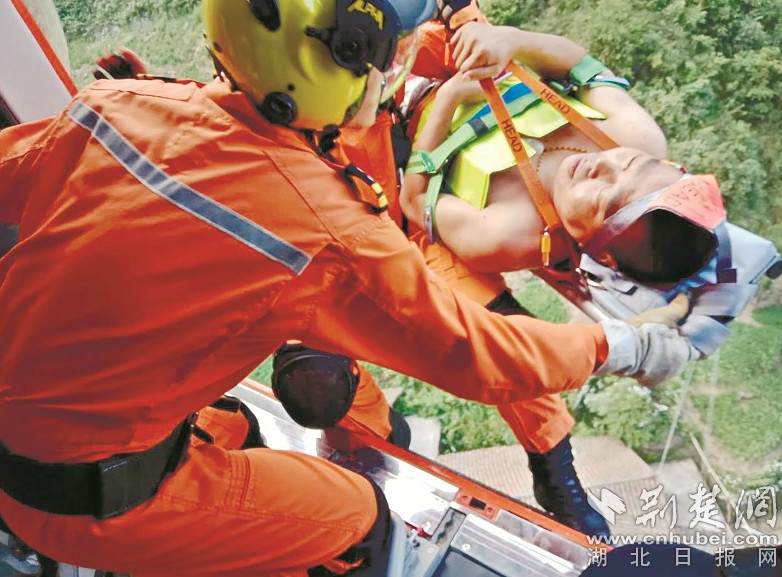 Carbon steel HS code references
Carbon steel HS code references
226.56MB
Check HS code-driven logistics partner selection
HS code-driven logistics partner selection
946.44MB
Check Tobacco products HS code verification
Tobacco products HS code verification
181.25MB
Check Agriculture HS code-based quota allocation
Agriculture HS code-based quota allocation
623.98MB
Check Global trade compliance automation suites
Global trade compliance automation suites
297.13MB
Check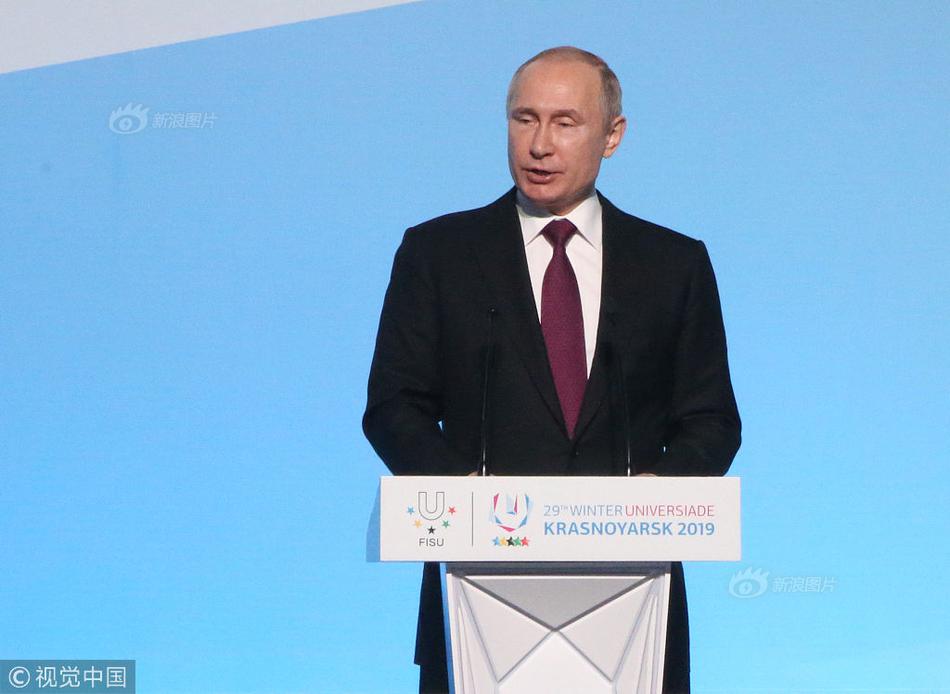 Apparel HS code mapping for global exports
Apparel HS code mapping for global exports
914.58MB
Check Agribusiness HS code-based analysis
Agribusiness HS code-based analysis
666.83MB
Check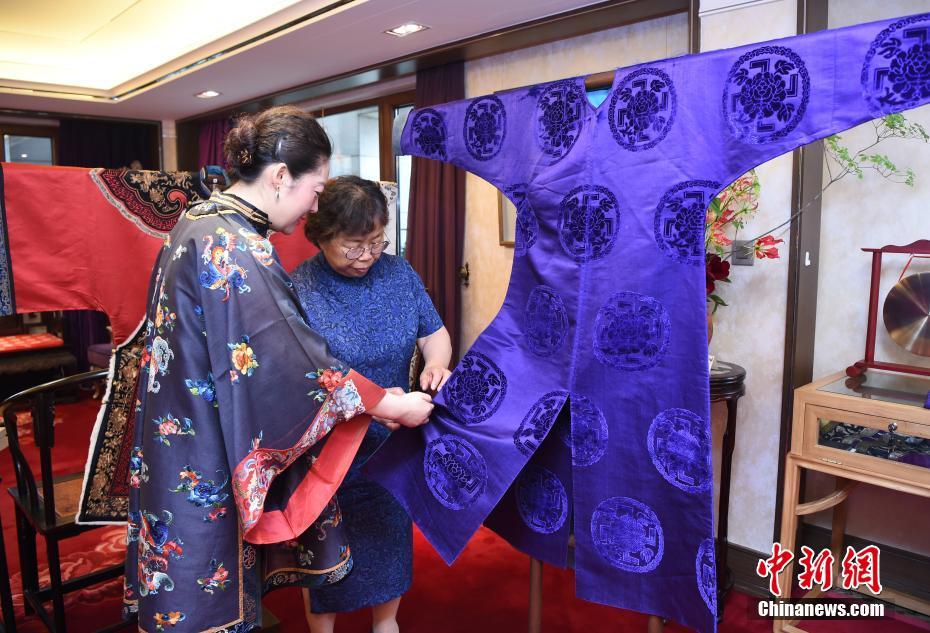 HS code compliance for Pacific Island nations
HS code compliance for Pacific Island nations
888.42MB
Check Tariff impact simulation tools
Tariff impact simulation tools
872.83MB
Check Ceramic tiles HS code classification
Ceramic tiles HS code classification
679.14MB
Check Data-driven trade partner selection
Data-driven trade partner selection
552.61MB
Check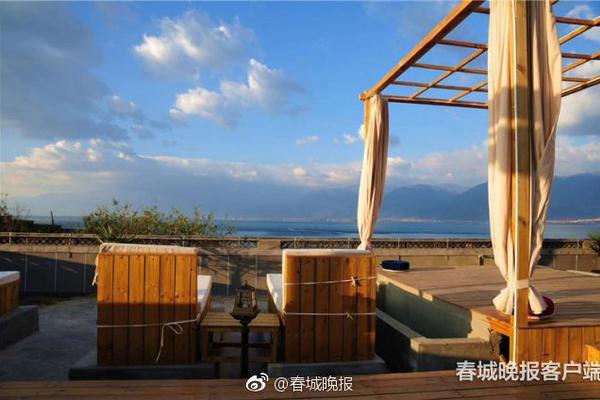 Trade data-driven warehousing decisions
Trade data-driven warehousing decisions
896.41MB
Check HS code alignment with labeling standards
HS code alignment with labeling standards
293.53MB
Check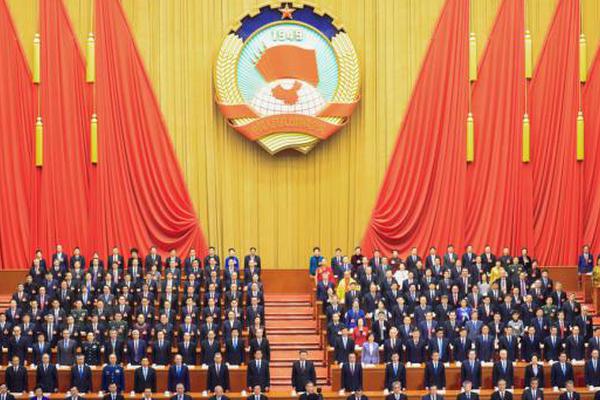 How to mitigate currency fluctuation risk
How to mitigate currency fluctuation risk
186.92MB
Check End-to-end shipment management
End-to-end shipment management
253.72MB
Check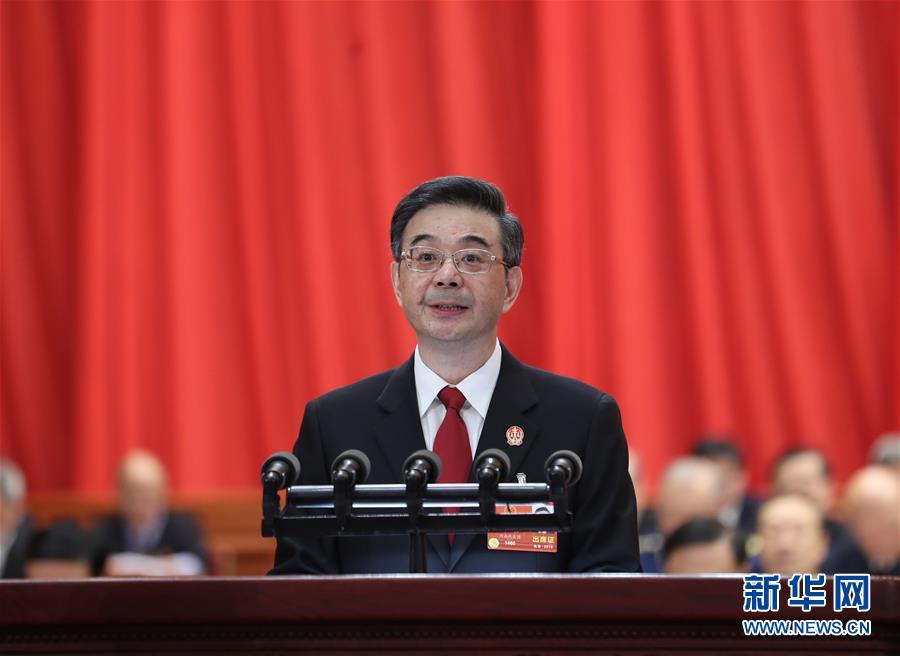 Processed foods HS code mapping
Processed foods HS code mapping
513.35MB
Check Non-tariff barriers by HS code
Non-tariff barriers by HS code
243.65MB
Check Japan customs transaction analysis
Japan customs transaction analysis
796.24MB
Check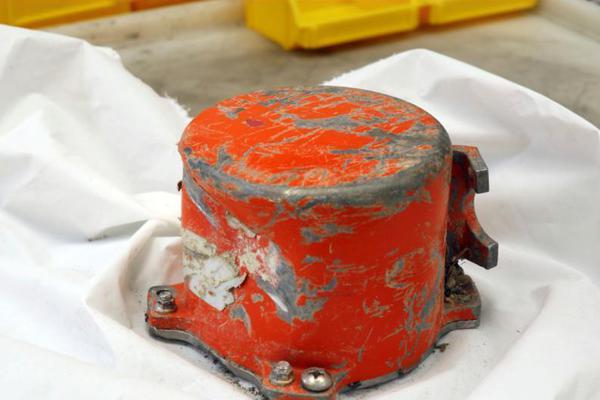 Export quota monitoring software
Export quota monitoring software
881.84MB
Check Processed grains HS code references
Processed grains HS code references
369.97MB
Check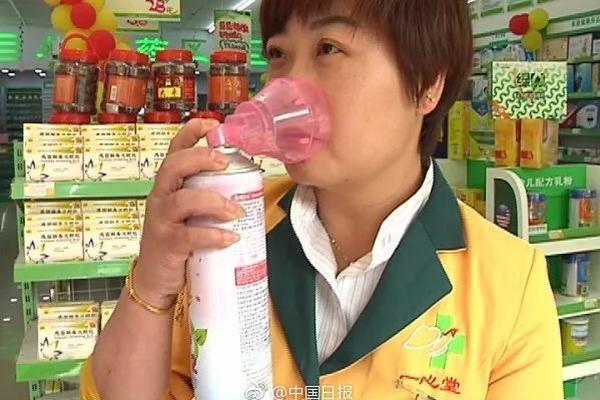 Automated import export risk alerts
Automated import export risk alerts
546.12MB
Check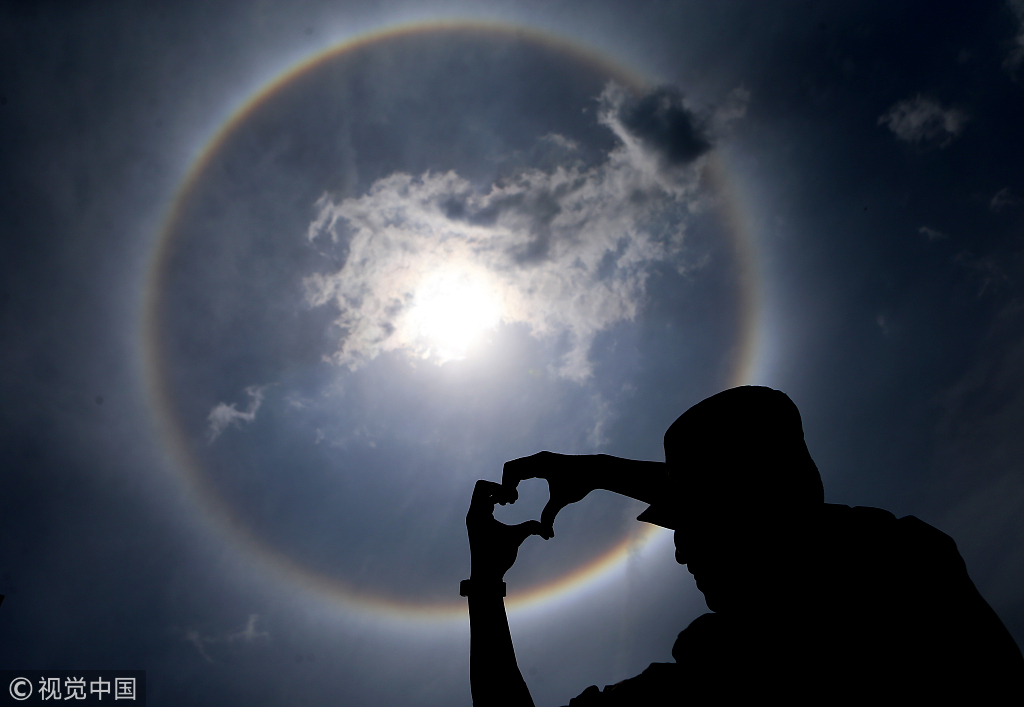 HS code impact on trade finance
HS code impact on trade finance
844.19MB
Check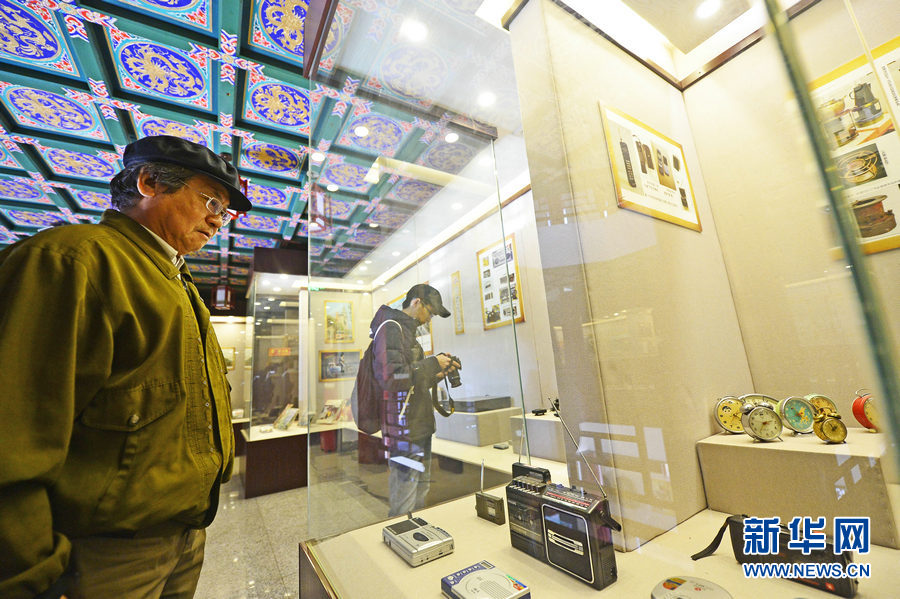 Shipment data platform
Shipment data platform
869.12MB
Check import export database
import export database
358.53MB
Check Agriculture trade data intelligence
Agriculture trade data intelligence
685.48MB
Check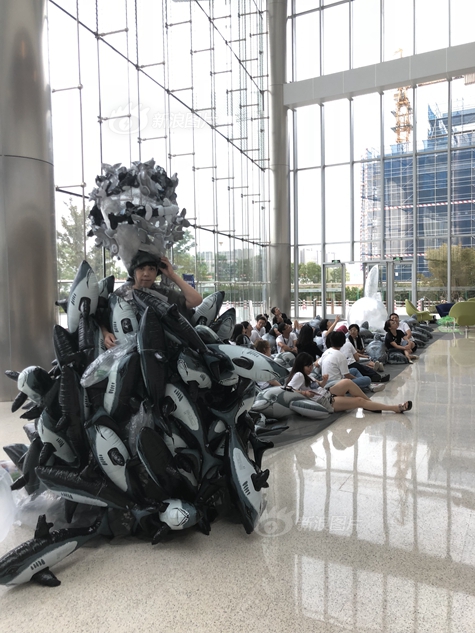 international trade insights
international trade insights
745.88MB
Check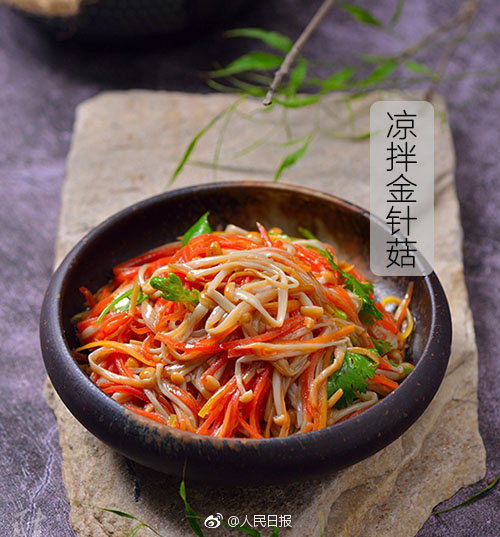 HS code reference for mineral exports
HS code reference for mineral exports
529.86MB
Check How to reduce import export costs
How to reduce import export costs
294.39MB
Check Global trade partner compliance checks
Global trade partner compliance checks
412.87MB
Check Data-driven trade procurement cycles
Data-driven trade procurement cycles
643.99MB
Check In-depth competitor trade route analysis
In-depth competitor trade route analysis
243.18MB
Check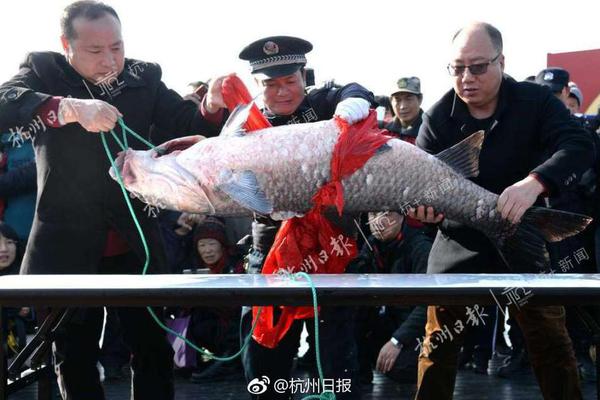 Africa customs data solutions
Africa customs data solutions
618.76MB
Check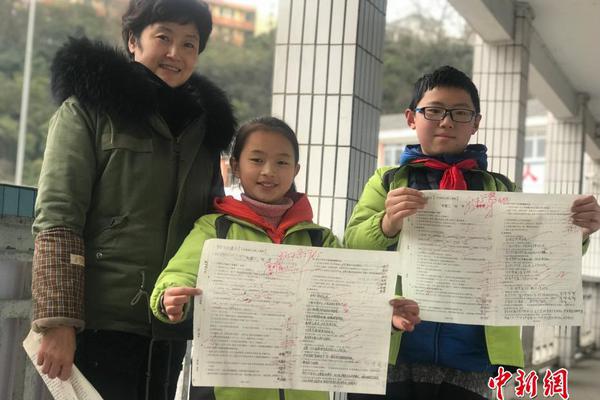 HS code-based broker fee negotiations
HS code-based broker fee negotiations
523.76MB
Check HS code-based opportunity scanning
HS code-based opportunity scanning
485.94MB
Check
Scan to install
How to use HS codes for tariff predictions to discover more
Netizen comments More
1540 How to align trade data with ERP systems
2024-12-24 02:24 recommend
458 Wool and yarn HS code verification
2024-12-24 01:38 recommend
421 How to comply with export quotas
2024-12-24 01:26 recommend
1848 Trade compliance automation tools
2024-12-24 00:33 recommend
1662 How to access protected trade databases
2024-12-24 00:31 recommend